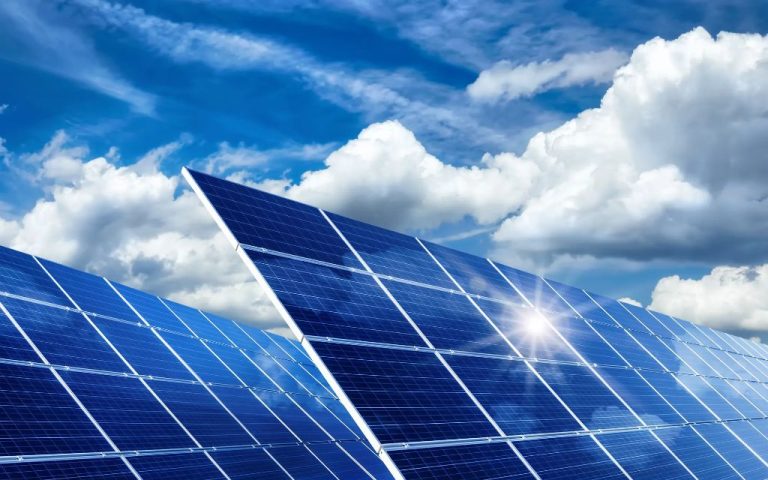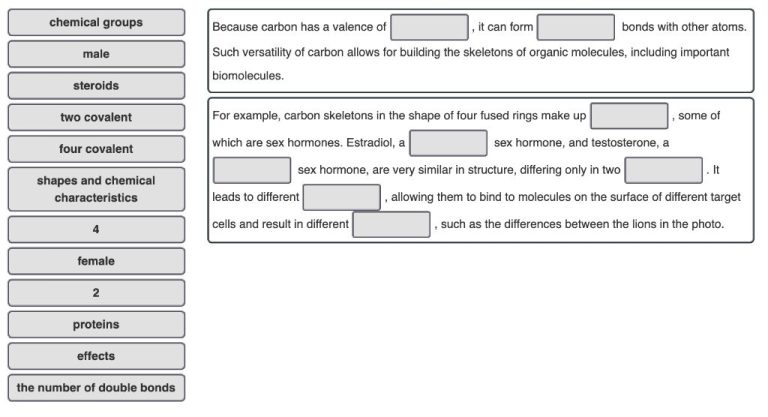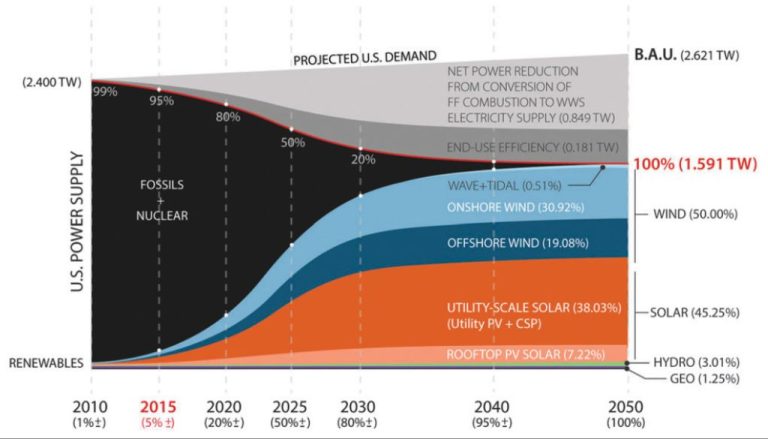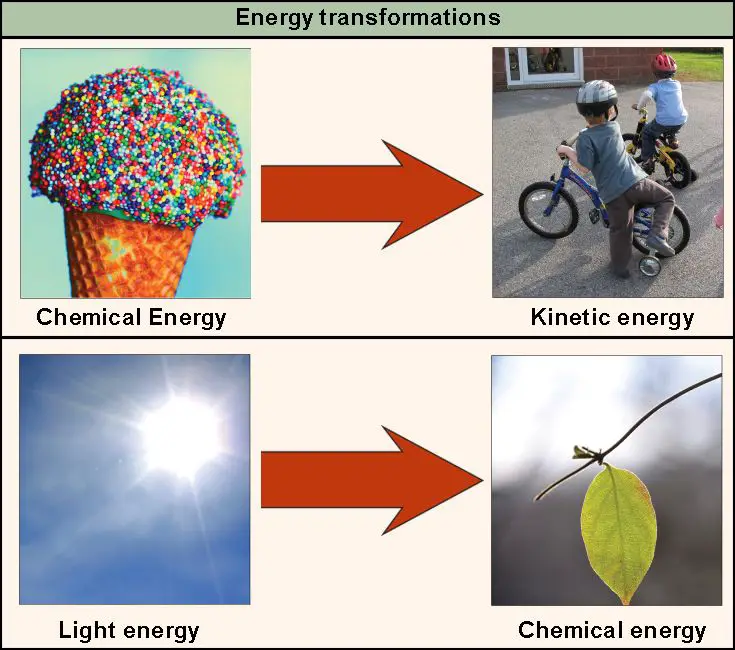What Are The Negative Effects Of Renewable Energy Production?
Habitat Destruction
Large solar and wind farms can disrupt wildlife habitats and migration paths. For example, large solar farms in the desert southwest United States have destroyed the habitats of threatened desert tortoises. The construction of access roads, transmission lines, and wind turbines in pristine areas fragments habitats. Solar farms in particular require large contiguous areas of land, which interferes with plants and animals that depend on those habitats.
Birds and bats can collide with wind turbines or get caught in the spinning blades. The turbines also produce noise and vibration that can disrupt behaviors. Solar farms can act as “lake effects”, attracting birds that mistake the reflective panels for water and get burned flying into them. The transmission lines connecting renewable facilities can interfere with bird migration pathways.
While renewable energy production overall reduces habitat loss from climate change impacts, the facilities themselves can still negatively affect ecosystems if not properly sited. More research is needed to find solutions that minimize wildlife disruption, such as elevated wind turbines allowing animals to pass underneath safely.
Visual Pollution
Wind turbines and solar panels can negatively impact landscapes and views. Many people see arrays of wind turbines or acres of solar panels as an eyesore that ruins beautiful views and disrupts the natural landscape. The industrial appearance and scale of large renewable energy facilities contrasts sharply with natural scenery in forests, mountains, deserts and coastal areas. This visual pollution can harm aesthetics, reduce property values, and detract from tourism. While some may find wind and solar farms mesmerizing or majestic, others feel they despoil nature and scenery. As renewable projects expand into new areas, visual impacts are increasingly concerning local residents who want to preserve scenic vistas and rural charm. More consideration may be needed regarding renewable facility locations and mitigating visual effects.
Noise Pollution
One of the negative effects of renewable energy production is noise pollution, particularly from wind turbines. As wind turbines rotate to generate electricity, the movement of turbine blades creates a audible “swishing” or “whooshing” sound. The tips of turbine blades can reach speeds over 100 mph, causing considerable aerodynamic noise. This noise carries over long distances and can be an annoyance for people living or working near wind farms. Studies have found that the noise generated by wind turbines generally ranges from 45 to 65 decibels, comparable to the sound of light traffic. While this may not seem excessively loud, the rhythmic nature of wind turbine noise makes it more perceptible and irritating. The noise is often described as a repetitive “thumping” or “pulsing” sound.
Wind turbine noise can be frustrating for nearby residents, especially at night when natural ambient noise is lower. This had led to complaints and lawsuits in some areas. Potential health impacts from long-term exposure are still being researched. Beyond the direct audible noise, some people living close to wind turbines have reported feeling vibrations or pulsations within their home. As larger, more powerful turbines are built, noise impacts are an increasing concern. Careful siting and setbacks from homes are needed to mitigate noise. However, there is often conflict over how close is too close. Wildlife, especially birds and bats, can also be affected by wind turbine noise interfering with communication, mating, and migration patterns.
Rare Earth Mining
The mining of rare earth metals used in the production of wind turbines and solar panels has negative environmental effects. Rare earth metals like neodymium and dysprosium are essential components of the magnets found in wind turbines and motors of electric vehicles. The extraction and processing of rare earth metals generates hazardous waste, contaminated water, and air pollution. Mining rare earths requires clearing land, destroying topsoil and vegetation. Mining wastewater contains radioactive elements and heavy metals that pollute rivers, lakes and groundwater. The refining process requires toxic chemicals and generates contaminated wastewater. Mining rare earth metals produces hazardous waste that is often improperly disposed of, further degrading the environment. Overall, the mining of rare earth metals for renewable energy damages land, water and air quality.
Toxic Battery Waste From Renewables
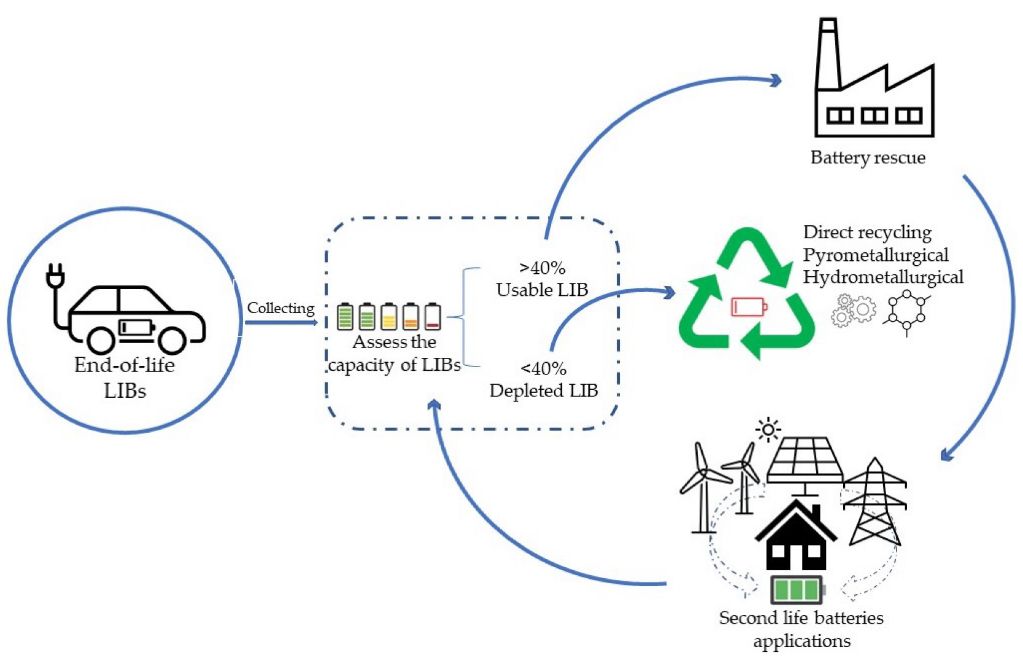
One major concern with renewable energy like wind and solar is the safe disposal of the lithium-ion batteries used to store power. As more renewable energy projects are built, the number of spent lithium-ion batteries needing disposal will grow exponentially in the coming decades. These batteries contain toxic chemicals and metals that can contaminate soil and groundwater if not disposed of properly.
Recycling lithium-ion batteries can recover some of the materials, but a significant portion still ends up in landfills as hazardous waste. Even recycling carries environmental risks, as the recycling process itself requires energy and can result in toxic byproducts. There are also concerns that as storage demands grow, battery waste could overwhelm recycling infrastructure. For renewable energy to truly be “clean,” better lithium-ion battery disposal and recycling methods need to be developed to handle the upcoming wave of spent batteries in an environmentally safe manner.
Variability and Storage
One of the biggest challenges with renewable energy like wind and solar is their intermittent nature. Unlike conventional power plants that can provide consistent power by ramping production up or down as needed, wind and solar farms rely entirely on weather conditions that can fluctuate on an hourly or even minute-by-minute basis.
This variability requires backup power sources that can quickly scale up when renewable generation drops off. Natural gas plants are often used for this purpose, keeping idle capacity available to fill the gap when needed. This adds complexity and cost to operating both renewable and conventional plants in tandem.
Energy storage has been proposed as a solution to smooth out renewable energy production. However, most storage options like batteries or pumped hydro have limitations in storage capacity and duration. Building enough storage to cover multi-day wind and solar variability would require massive investments at current technology levels. The intermittent output of renewables, and the lack of cost-effective long-duration storage, remains a key challenge to adopting high levels of renewable electricity.
High Costs
Renewable energy often requires high upfront capital costs and government subsidies to get projects started. Building large-scale solar, wind, geothermal and hydropower plants requires massive investments in land, equipment, infrastructure, and labor. These costs can run into the billions of dollars.
Unlike fossil fuels, the fuel itself (sunlight, wind, water) is free. But the harvesting technology is expensive. Renewable energy facilities need to recover these initial investments over decades of operation. This requires long-term policy support like tax credits and feed-in tariffs to incentivize development and ensure adequate returns.
Even with incentives, electricity from renewables often costs more per kilowatt-hour compared to conventional sources. Consumers ultimately bear these costs. Costs are declining as technology improves, but renewables remain pricey in most markets.
Government subsidies have helped catalyze renewable growth, but are expensive, politically contentious, and need to be phased out for renewables to stand on their own. Removing subsidies too soon can impair further deployment and put existing assets at risk.
High renewable costs also strain government budgets and ratepayers. But costs vary by region and resource. With scale and technical advances, costs should continue falling to competitive levels vs traditional energy in more places.
Grid Reliability Challenges
Renewable energy sources like wind and solar are more variable and intermittent compared to traditional power plants. This variability strains electrical grids and makes balancing supply and demand more complex. Grid operators have to match generation with load on a real-time basis. The fluctuations in renewable generation create major challenges in maintaining reliability and stability of the grid.
Areas with high renewable penetration often have to curtail wind/solar output during periods of excess generation. This curtailment wastes clean energy and lowers the economic value of renewables. The variability also requires grid operators to keep extra natural gas plants running in standby mode to provide backup power when renewable output is low. This reduces the carbon emissions benefit of adding renewable sources to the grid.
Massive investments and upgrades to electrical infrastructure are needed to enable the large-scale integration of renewables onto the grid. Without proper planning and major grid enhancements, the variability and intermittency from high renewable penetration can jeopardize grid reliability and increase the risk of blackouts.
Land Use Conflicts
Renewable energy projects often compete with other land uses like agriculture, conservation, and residential communities. Solar and wind farms in particular require large areas of land to capture sufficient sunlight and wind. This can take land away from farmers, displace natural habitats and wildlife, or encroach on populated areas.
For example, solar projects in California’s San Joaquin Valley have faced backlash for converting agricultural land into industrial solar fields. Wind farms have also faced resistance for their impacts on birds and natural landscapes. And renewable projects from hydroelectric dams to geothermal plants can disrupt native ecosystems and watersheds.
Siting renewable facilities is a complex balancing act. It requires weighing the benefits of clean energy against the loss of farmland, conservation land, or community amenities. Projects are often required to mitigate their environmental impacts, but cannot eliminate them entirely. This can create ongoing tensions over land use that are difficult to reconcile.
Hydroelectric Impacts
Hydroelectric dams can have significant environmental impacts by disrupting river ecosystems and natural water flows. The dams block the migration of fish and other aquatic species, preventing them from reaching spawning grounds upstream. This can devastate local fish populations and biodiversity. The reservoirs created by dams also inundate valleys, forests and wildlife habitats. This alters or destroys ecosystems and causes habitat fragmentation.
Dams disrupt the natural flow regime of rivers. The natural ebb and flow of river waters delivers sediments and nutrients downstream, while also maintaining ideal water levels for riparian vegetation along the banks. Damming rivers interrupts this flow, often reducing downstream sediment transport and depriving downriver habitats of nutrients. This can degrade water quality and impact riparian ecosystems. Overall, dams transform dynamic, free-flowing river systems into artificial lakes, fundamentally altering natural hydrological and ecological processes.

